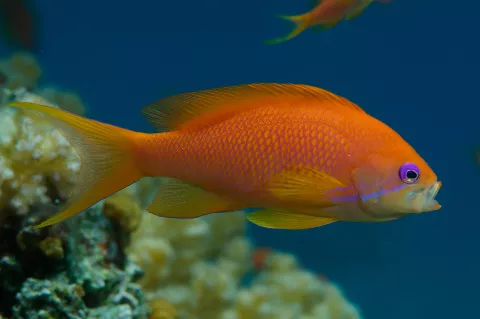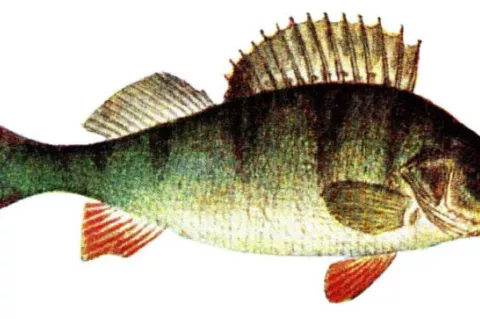Adrenaline keep tuna hearts pumping during extreme temperature drops
Pacific bluefin tuna are unique amongst bony fish as they are endothermic (warm bodied) and can raise their core body temperature to 20°C above that of the surrounding water.
These animals are also capable of diving to depths of more than 1000 meter where the water is frigid. This chills the heart because it receives blood directly from the gills which mirrors water temperature. During deep dives their body temperature stays warm but their heart temperature can fall by 15°C within minutes. In other animals, humans included, this would stop the heart.












